Clear Lake Coffee Roasters: History Series: Bean Origins: Ethiopia vs Yemen — Unpacking Coffee’s Earliest Roots
3. Yemen’s Case: First to Brew, First to Trade
| Evidence | Highlights |
|---|---|
| Documentary Trail | The Egyptian jurist ʿAbd al‑Qādir al‑Jazīrī (1587) credits Yemeni Sufi sheikhs with introducing coffee as a beverage around 1450–1470 CE, centuries before Kaldi’s legend was written down. oxfordre.com |
| Archaeology & Material Culture | Handle‑less clay cups and jabana-style pots dated to the late 15th century have been excavated near Mokha — matching vessels still used across Yemen and Ethiopia. oxfordre.com |
| Genetic “Domestication Pathway” | A 2022 study of 550+ accessions shows Ethiopian wild seeds crossed the Red Sea, were planted in Yemen (likely Ibb/Taʿizz), and from there splintered into the Typica/Bourbon and “New‑Yemen” clusters that underpin global arabica today. mdpi.com |
| Economic Catalyst | By the 17th century the port of Mocha dominated world supply, giving us the beverage’s first global brand and financing a network of Sufi schools that popularized coffeehouse culture from Cairo to Istanbul. |
Take‑away: Yemen transformed a forest fruit into a brewed, traded commodity and wrote the earliest verifiable chapters of coffeehouse history. The cherry can be eaten, the flesh of the fruit is often described as sweet.
4. Reconciling the Claims: What Modern Scholarship Says
-
Botanical vs. Cultural Priority – Most scientists now draw a line between where the tree evolved (Ethiopia) and where people first roasted & brewed it systematically (Yemen).
-
Bidirectional Exchange – Genetic evidence shows seeds moved both ways; Yemeni cultivars later re‑entered Ethiopia’s Hararghe region, forming the distinct Harar cluster. mdpi.com
-
Islamic Mysticism as Accelerator – Sufi orders prized wakefulness, making coffee a ritual aid and spreading it along pilgrimage and trade routes far faster than earlier Ethiopian oral traditions could.
-
Myth as Soft Power – Ethiopia’s Kaldi story, though late, served 19th‑ and 20th‑century nation‑building, while Yemen’s scholar‑saint narratives bolstered religious legitimacy for the beverage amid early legal challenges.
5. Why the Debate Still Matters
-
Cultural Heritage & Geographical Indications – Both nations pursue premium GI status for “Yirgacheffe,” “Sidamo,” “Mocha Mattari,” and other terroirs.
-
Conservation & Climate – Low arabica diversity makes resilience breeding urgent; mapping Ethiopia’s wild gene pool against Yemen’s heirloom cultivars offers critical raw material. thetimes.co.uknypost.com
-
Tourism & Storytelling – Coffee pilgrims now include the Kaldi Caves of Kaffa and the Ottoman ruins of Mocha on the same bucket list — living proof that contested histories can coexist and even enrich one another.
Final Sip
If Ethiopia gave coffee its roots, Yemen gave it wings. One cannot eclipse the other; together they brewed a drink that vaulted from forest understory to global obsession. Next time you sip a pour‑over, remember that the bean’s passport is stamped on both sides of the Red Sea — and the debate over its “true” birthplace is part of the flavor. ☕
1 | Two Myths, One Bean
Most coffee origin stories begin in Ethiopia with Kaldi, the goatherd whose animals danced after eating red cherries. The tale is late—first written down in 1671—but it fixes Ethiopia as the botanical cradle of Coffea arabica. en.wikipedia.org
Across the Red Sea, however, Yemen offers a second legend that shifts the spotlight from raw fruit to brewed drink.
2 | Shaykh ʿAlī ibn ʿUmar al‑Shādhilī: the “Monk of Mokha”
According to the 16th‑century scholar ʿAbd al‑Qādir al‑Jazīrī, a trio of Sufi sheikhs brought coffee‑drinking into Yemen; foremost among them was Shaykh Al‑Shādhilī, patron saint of the Red Sea port of Mokha (d. c. 1420). Traveling in Ethiopia, he tasted roasted beans, discovered their power to sustain night‑long devotions, and introduced the brew—qahwa—to his followers in Mokha. oxfordre.com
Sufi lodges quickly embraced the drink as a sacrament for midnight dhikr (remembrance of God), and because itinerant dervishes carried it wherever they went, coffee spread along pilgrimage and trade routes to Cairo, Damascus and, by the 1550s, Istanbul. theislamicmonthly.comcraftcoffeeguru.com
3 | Why Mokha Mattered
Mokha itself is a hot, barren spit of land, useless for farming yet perfect for shipping. Camel caravans hauled dried coffee cherries down from Yemen’s western highlands—terraces perched 1,500‑2,500 m above sea level and irrigated by stone cisterns that bled water, step‑by‑step, to each row of trees. euppublishing.comcoffeexplore.com
By the early 17th century Mokha commanded the global coffee trade; its name still echoes in “mocha” drinks and the moka pot. en.wikipedia.orgen.wikipedia.org
4 | A Monopoly Protected by Law—and Legend
For more than two centuries Yemen tried to keep its lucrative crop exclusive. Exporting live seedlings was punishable as high treason, and foreign merchants were required to buy beans that had been parboiled—or secretly scalded—to render them sterile. curiousaboutcoffeescience.comgourmet-coffee-zone.com
Smugglers eventually spirited fertile seeds to India and Java in the late 1600s, but not before Mokha’s fortunes built palaces in Sanaʽa and funded Ottoman garrisons along the Red Sea coast.

5 | Qahveh Khaneh: Coffeehouses, Conversation & Conspiracy
The Sufi beverage leapt from monastery to marketplace inside the first qahveh khaneh of Mecca, Cairo and Istanbul. These “Schools of the Wise” buzzed with chess matches, music and political satire. Predictably, rulers grew anxious: in 1511 Mecca’s governor Khair Bey ordered every coffeehouse closed after lampoons of his corruption surfaced among the patrons. The sultan in Cairo, himself a coffee‑lover, reversed the ban within a year—but the episode marked coffeehouses as incubators of dissent from Morocco to Persia. baristaexchange.comen.wikipedia.orgdabov.us
6 | Language, Legacy & a Shared Birthright
Arabic qahwa became Ottoman kahve, which Venetian traders rendered caffè and the English finally spelled coffee. Mokha lent its own name to a flavor profile—chocolatey, wine‑bright beans from the Yemeni highlands—and to Europe’s first espresso‑and‑cocoa craze. en.wikipedia.org
Modern genetics confirms Ethiopia as the plant’s evolutionary home, yet the drink we recognise today was perfected in Yemen’s Sufi circles and commercialised through Mokha’s docks. Together the two shores of the Red Sea brewed a global obsession.
Sip the Takeaway
Ethiopia grew the tree; Yemen brewed the cup.
Kaldi’s cherries and Al‑Shādhilī’s cauldron are complementary chapters of the same story: one botanical, the other cultural. Next time you order a mocha or linger in a café debate, you’re tasting both legacies—wild forest fruit tamed by mountain farmers, sanctified by Sufi mystics, and shipped from a dusty Yemeni port that once held the world’s only key to caffeine.

Six reasons for making Clear Lake Coffee Roasters - CLCR - your go-to coffee roaster:
☕️ We are a local family-run business located in the heart of Clear Lake, Iowa.
☕️ We go to great lengths to find only the finest and ethically sourced coffee around, from the top 2% of coffee beans in the world.
☕️ We only source 100% certified Arabica coffee beans, carefully hand-selecting each coffee based on specific quality and taste attributes.
☕️ Our roasting process has been refined over the years and each roast profile is individually designed to complement the nuances of the coffee we source, from Cup of Excellence (COE) award-winning producers.
☕️ By roasting in smaller batches, we can ensure our coffee is ALWAYS fresh, in fact, we roast your coffee only after you place an order - the same day your order ships out.
☕️ At CLCR, we are dedicated to a single mission: the unyielding pursuit of coffee perfection in every cup.
We would give you more reasons, but rather than reading it's better if you visit our website, purchase a bag or two, and experience a unique caffeinated or half-caff journey for yourself 😊!
Explore goodness. Click. Buy. Smile.
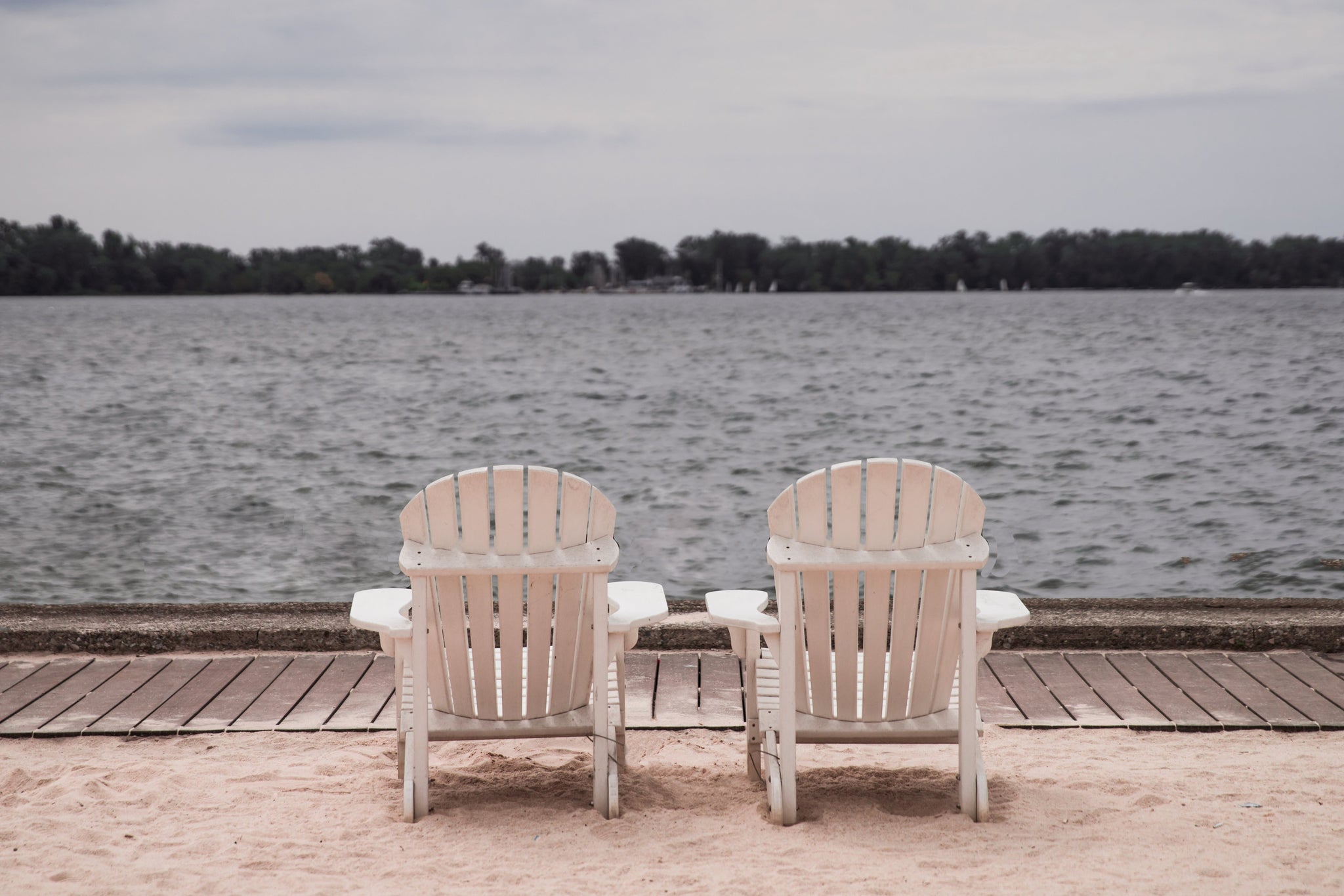
Clear Lake City Park Beach - Named one of USA Today's top 50 Beaches in the United States.

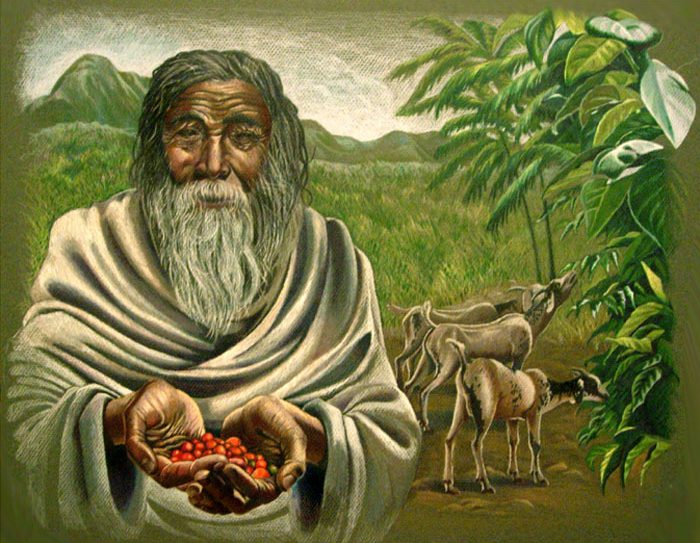
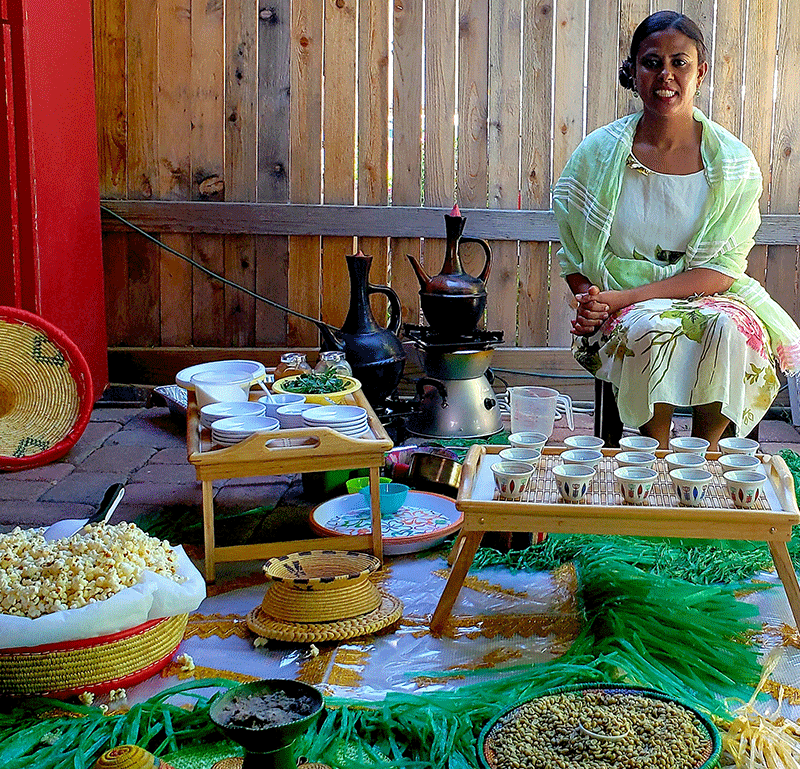
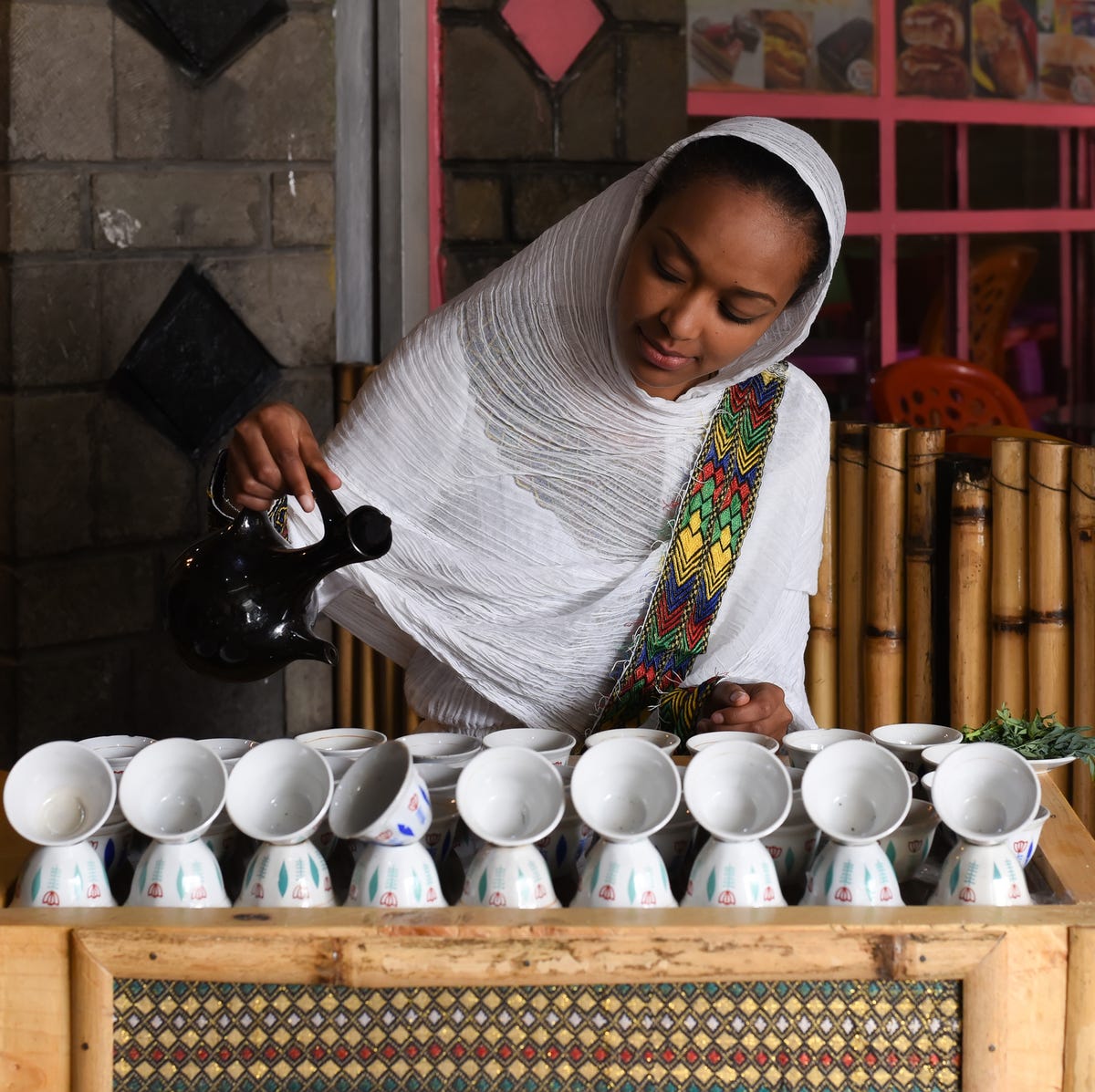
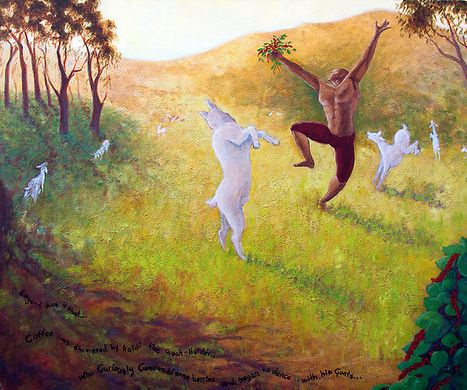

Leave a comment
Please note, comments must be approved before they are published